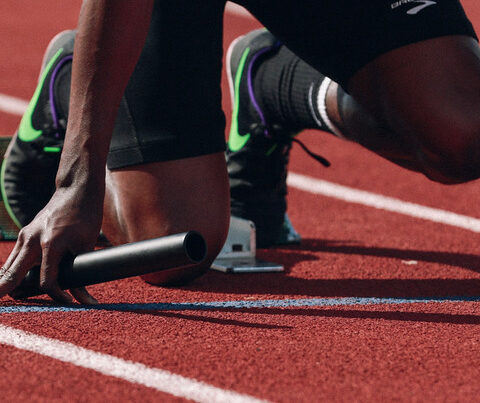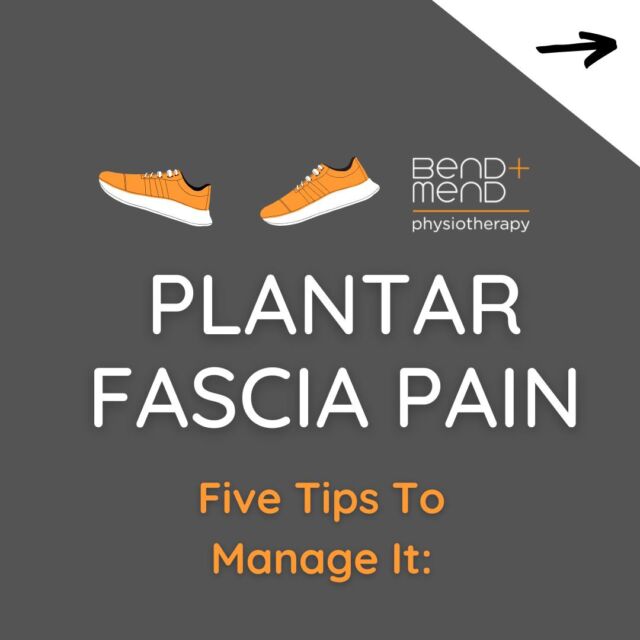 In this blog, the most recent evidence and expert opinion surrounding running retraining considerations for iliotibial band friction syndrome (ITBFS), patellar tendinopathy, and proximal hamstring tendinopathy, will be discussed.
In this blog, the most recent evidence and expert opinion surrounding running retraining considerations for iliotibial band friction syndrome (ITBFS), patellar tendinopathy, and proximal hamstring tendinopathy, will be discussed.
Iliotibial band friction syndrome (ITBFS)
Some experts advocated the use of running retraining for ITBFS and recommended strategies including:
- Reducing hip adduction and internal rotation i.e. reducing knee falling & rolling inward
- Increasing step width (addressing cross over gait)
It has been shown that the greater peak hip adduction in female runners may be a risk factor for developing ITBFS. Limited evidence has shown that cueing better hip / knee / foot alignment can reduce peak hip adduction and contralateral pelvic drop. Additionally, increasing step width can reduce ITB strain. These two strategies complement one another and may be especially useful for those of you with evident biomechanical faults who fail to respond to a typical gluteal strengthening program and ITB rolling. One expert suggested that the biggest change to the ITB has been ‘activating those big muscles… Again coming back to that high knee lift which then results in greater activation of the hip extensors (gluteal muscles)’ – this supports the use of a gluteal strengthening program in conjunction with better gluteal activation during running.
Patellar tendinopathy (PT)
There was inconsistent agreement regarding the potential for running retraining strategies to assist in the treatment of patellar tendinopathy.
Cautious recommendations for PT included:
- Increasing step rate
- Reducing overstride
- Reducing impact loading variables
- Transitioning from a rearfoot to forefoot strike
Increasing step rate has limited evidence to reduce patellar tendon forces and quadriceps muscle forces during stance phase whilst transitioning from a rearfoot to a forefoot strike has somewhat demonstrated a reduction in knee power absorption, further reducing patellar tendon load. Caution needs to be taken when considering a transition to a forefoot strike due to the increased tissue stress distally (i.e. calf and Achilles tendon). One expert stated ‘these individuals often have good hip control (unlike those with patellofemoral pain), but tend to have an over-stride pattern where they’re landing quite heavy on the heel’ – this reduces the shock absorption through their foot and ankle and goes straight to the knee, loading the patellar tendon. It might be wiser to first increase the cadence (which will hopefully reduce heavy heel landing), cue less landing noise, and if this is not enough, trial forefoot strike.
Proximal hamstring tendinopathy
Running retraining for proximal hamstring tendinopathy was generally advocated, however with some inconsistencies between experts.
Recommended retraining considerations for proximal hamstring tendinopathy included:
- Reducing overstride
- Reducing impact loading variables
- Reducing anterior pelvic tilt
- Reducing knee extension at foot strike
- Increasing swing phase hip and knee flexion
If you can visualise the bony attachment points of your hamstring at the back of your thigh via the tendons at your buttock crease and at the level of the knee, the running strategies make sense as they are primarily aimed at reducing the tension and load throughout the hamstring complex. For those with a classic overstride pattern, changing that and getting them to think about landing softly (to facilitate landing under their body) will inherently reduce knee extension at foot strike. Additionally, ‘tucking your bottom under’ i.e. reducing anterior pelvic tilt will generate gluteal activity and further reduce hamstring tension.
If you suffer running related pain, book a Running Assessment at our Bend + Mend Barangaroo – King Street Wharf clinic with one of our resident running experts, Blake or Ben, and get your pain sorted for the running season.
Reference
Barton CJ, Bonanno DR, Carr J, et al. Running retraining to treat lower limb injuries: a mixed-methods study of current evidence synthesised with expert opinion. Br J Sports Med 2016; 50: 513-526.







